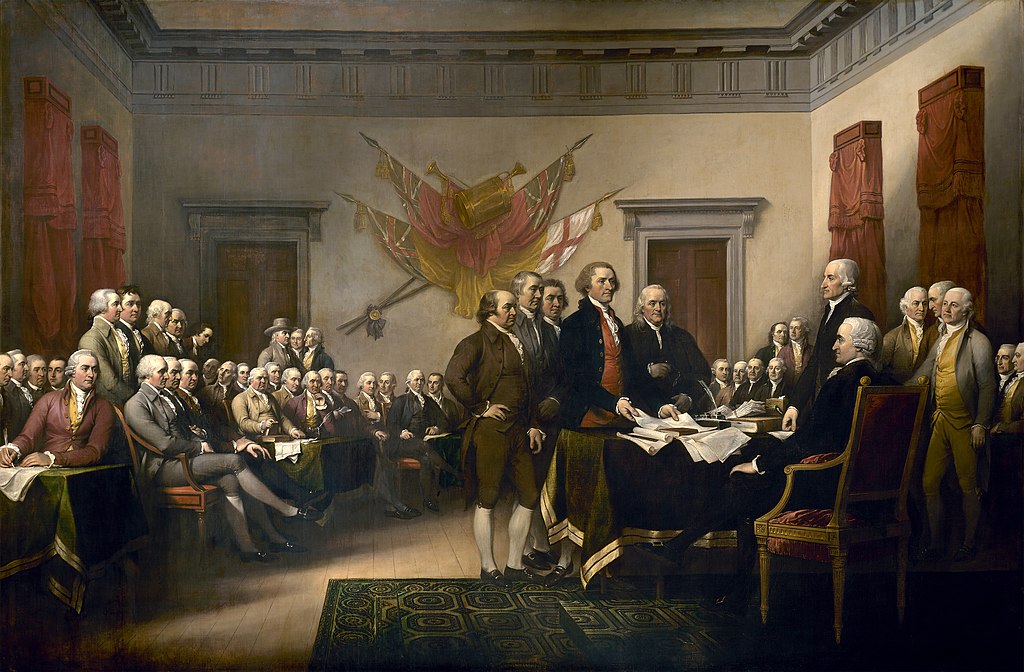6 things you didn’t know about the Declaration of Independence

The Committee of Five presents the draft of the Declaration of Independence to the Second Continental Congress. (Public domain)
SUMMARY
We learn about the Declaration of Independence in elementary school and how it shaped our country in its origins. You may also know more about it from Nicholas Cage stealing it in his movie National Treasure. So while reading it might be a requirement for some high school classes, there is still much surrounding it that you may not know.
Here are 6 interesting facts about the Declaration of Independence:
1. The official "Independence Day" date is often debated
The vote by the Continental Congress for independence took place on July 2, 1776; it took two days for the declaration to be ratified before being accepted as its final document on July 4, 1776. However, most signors of the declaration didn’t sign it until August 2, 1776. As a result, John Adams refused celebration invites for every Fourth of July event, believing the actual date was July 2. Ironically, he and President Thomas Jefferson would pass away 50 years later on July 4, 1826.
2. The Vote for Independence was not unanimous
It’s hard to believe that something so unique and vital to our history was also not unanimously backed by the Continental Congress. Richard Henry Lee first introduced the bill in early June 1776, but it faced a heated debate amongst the delegates. When it was finally put to the vote on June 2, 12 colonies voted in favor, with New York abstaining. However, after the edits to the document, on July 4, only nine colonies voted in favor, two voted no, while New York continued to abstain.
3. It took 86 edits over two days to get the final draft we know today
Thomas Jefferson and John Adams were tasked with writing the document once the vote was made. Over two days, the manuscript received 86 edits from a committee of five. Only the famous preamble of Jefferson’s declaration remained intact without changing.
4. Each signer was considered a British citizen until they signed
There are 56 signatures on the Declaration of Independence. While some were born in the colonies, they were all considered British citizens, and once they signed the document, they were then regarded as traitors of the crown. In the years following, nine would die of wounds from the war; five were captured or imprisoned, 12 had their houses burned to the ground, and 17 lost everything, but in the end, not a single signer defected, which meant their honor, just like their new country remained intact.
5. There is something written on the back
While it is not the invisible map to treasure that Nicholas Cage found, it does say, “Original Declaration of Independence dates 4th of July 1776.”
6. It was placed into hiding during WWII
After the bombing of Pearl Harbor, it was feared that the Declaration of Independence and the Constitution could be destroyed. So, both documents were packed up and given a military escort to Fort Knox, where they remained until 1944.
SHARE
